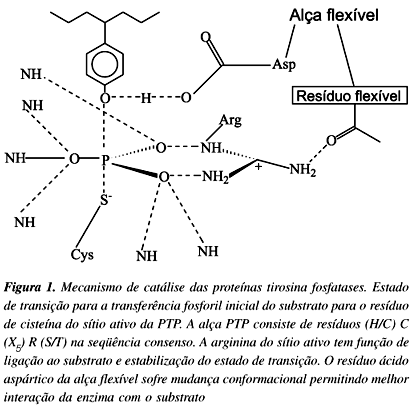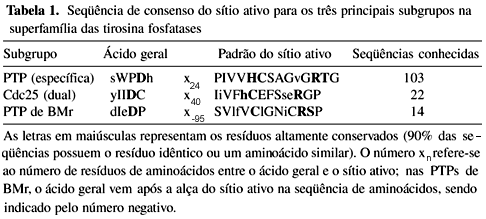Protein phosphorylation-dephosphorylation catalyzed by the opposing and dynamic action of protein kinases and phosphatases probably, is the most crucial chemical reaction taking place in living organisms. Protein phosphatases are classified according to their substrate specificity and sensitivity to inhibitory or activator agents, into two families of protein phosphatases: serine/threonine phosphatases and tyrosine phosphatases (PTPs). PTPs can be divided into 3 groups: tyrosine specific phosphatases, dual and low molecular weight phosphatases. The role of tyrosine phosphorylation in mitogenic signaling is well documented, and one would predict that vanadate, pervanadate and other oxidant agents (protein tyrosine phosphatase inhibitors) may act as a growth stimulator.
protein tyrosine phosphatases; signal transduction; biological function




